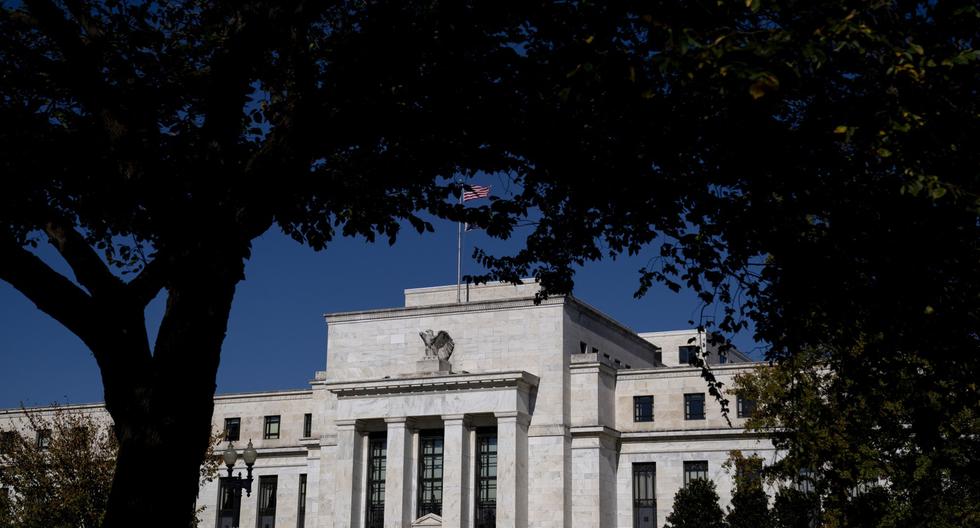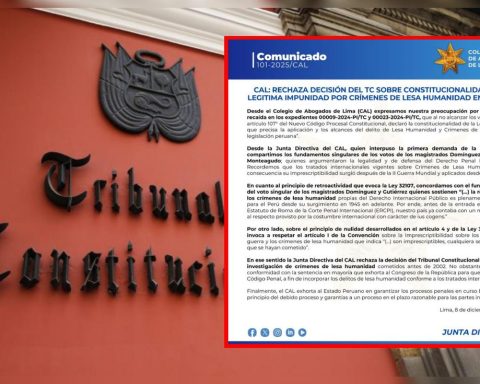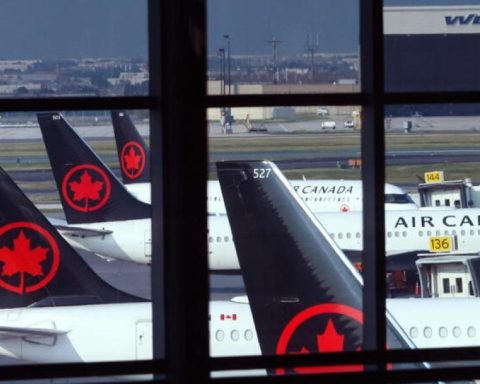In the midst of the debacle in world markets, which is largely due to investors’ fear that a global recession will deepen and inflation will accelerate, the United States Federal Reserve (Fed) is scheduled to hold a meeting on next Wednesday and a series of worrying inflation reports in recent days is likely to prompt officials at the US central bank to raise the interest rate by 0.75 percentage point, according to The Wall Street Journal.
According to the publication, before Fed officials began their pre-meeting silence period on June 4, they had signaled that they were prepared to raise interest rates by half a percentage point this week and again at their meeting. of July. But they had also said their outlook hinged on the economy performing as expected. In that context, last week’s inflation report from the Labor Department showed a larger increase in prices in May than US central bank officials had anticipated.
According to the WSJ, two consumer surveys also showed that households’ expectations of future inflation increased in recent days. Such data could alarm Fed officials because they believe such expectations may be self-fulfilling, the article noted.
The Fed raised rates by half a percentage point at its meeting last month, the first such increase since 2000, to a range between 0.75% and 1%. The Fed last raised rates by 0.75 percentage point at a meeting in 1994, when the US central bank was rapidly raising rates to head off a possible spike in inflation.
The article also notes that Fed Chairman Jerome Powell avoided surprising markets on the day of policy meetings, instead arguing that the Fed can achieve its goals of tightening policy by shaping market expectations. .
Powell said in an interview last month that the Fed would be guided by economic data. “What we need to see is clear and convincing evidence that inflationary pressures are easing and inflation is coming down. And if we don’t see that, then we’ll have to consider moving more aggressively.” said the head of the Federal Reserve.
The Fed last raised rates by 0.75 percentage point at a meeting in 1994, when the US central bank was rapidly raising rates to head off a possible rise in inflation.
The WSJ further noted that at a news conference last month, Powell said the central bank would “work to avoid adding uncertainty,” but also acknowledged the possibility of “further surprises” in the inflation data. “Therefore, we will have to be agile to respond to the data that arrives and the evolution of expectations,” said the head of the Fed.
He also recalled that the Department of Labor reported on Friday that its consumer price index increased 8.6% in May compared to the same month last year, which took inflation to a 40-year high. That was a setback for those looking for signs that inflation had peaked in March. Rising fuel prices and supply chain disruptions from Russia’s war against Ukraine have pushed prices higher in recent months.
The Labor Department reported Friday that its consumer price index rose 8.6% in May from the same month a year earlier, pushing inflation to a 40-year high.
According to the WSJ, a handful of Wall Street forecasters, including investment banks Barclays and Jefferies, said Friday, after the inflation data was released, that they expected the Fed to raise rates by 0.75 percentage point this week. .
We believe that risk management considerations call for aggressive action to bolster the Fed’s credibility in fighting inflation. Barclays economists wrote in a subsequent report on Monday. While such a move “would run counter to communications leading up to the lockdown period,” the report says “risks of prolonged inflation have intensified,” justifying the higher rate increase.

















